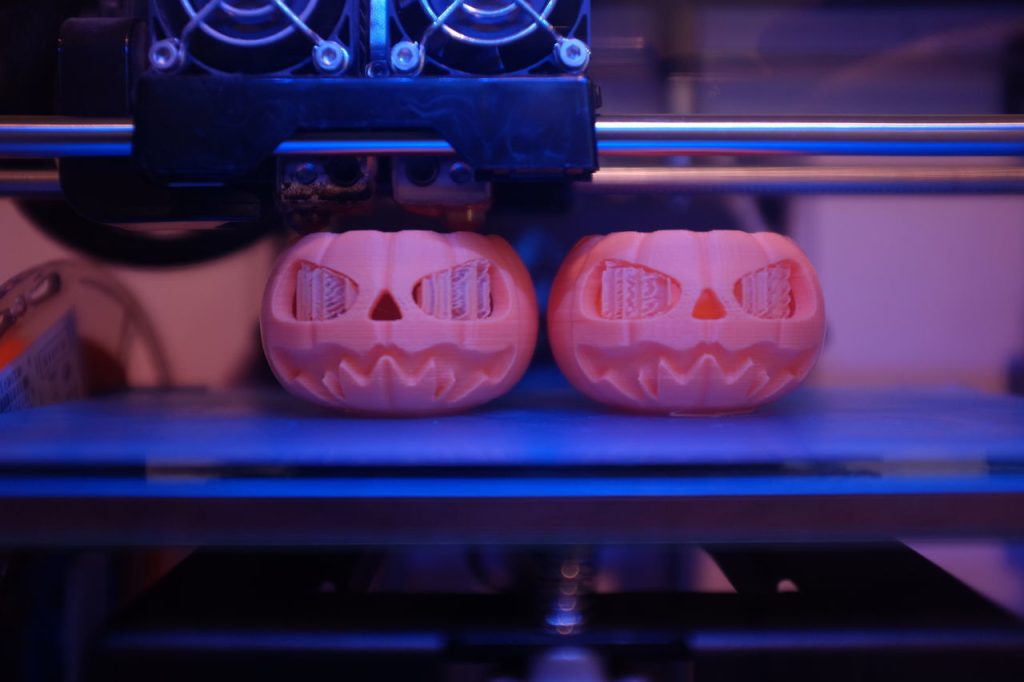Are you a beginner curious about 3D printing? Look no further! This guide is here to help you navigate the exciting world of 3D printing.
With step-by-step instructions and helpful tips, you’ll learn how to set up your printer, understand the art and science behind it, and simplify the learning process by starting with downloaded objects.
Stick to the recommended software and settings, embrace challenges, and learn from failures.
Get ready to unleash your creativity with 3D printing!
Getting Started: Setting up Your 3D Printer
Setting up your 3D printer is crucial for getting started in the world of 3D printing. Troubleshooting common setup issues is essential to ensure a smooth printing experience. Take the time to read the manual and follow the instructions carefully.
One important step is to properly level the bed. This ensures that the first layer of your print adheres correctly, resulting in better print quality.
Additionally, it is important to understand the different types of filaments available for printing. Each filament has its own unique properties and requirements, so familiarize yourself with their characteristics before selecting one for your print.
The Art and Science of 3D Printing
To truly understand 3D printing, you must appreciate the blend of art and science that goes into creating tangible objects from digital designs. It’s a fascinating process that requires the right materials, troubleshooting tips, and an understanding of common 3D printing mistakes.
When it comes to materials, it’s important to choose the right filament for your project. Different filaments have different properties, such as strength, flexibility, and heat resistance.
Troubleshooting is also a crucial part of 3D printing. Common mistakes include issues like bed adhesion problems, stringing, and warping. By consulting forums, websites, and videos, you can learn how to address these challenges and improve your prints.
Starting With Downloaded Objects: Simplifying the Learning Process
Start by visiting websites like Thingiverse and Cults 3D to find numerous downloadable items that you can easily print and begin your 3D printing journey. These websites are popular among the 3D printing community and offer a wide range of designs for you to choose from.
Once you have downloaded the design, you can simply load it into your 3D printer’s software and start printing. It’s a great way to get started and familiarize yourself with the printing process.
Additionally, if you encounter any issues or need troubleshooting tips, you can always turn to the printing community for help. There are forums and online resources where you can find solutions to common problems and learn from others’ experiences.
Keeping It Simple: Recommended Software and Printing Settings
Stick to the recommended software provided with your printer, as well as the suggested printing settings, to keep it simple and ensure a smooth printing process.
Choosing the right filament is crucial for successful 3D printing. Different filaments have different properties, such as strength, flexibility, and temperature resistance.
Understanding print bed adhesion is also important. Proper adhesion prevents your print from detaching or warping during the printing process. Adjusting the print bed temperature and using adhesion aids like glue sticks or painter’s tape can improve adhesion.
Optimizing print speed is another factor to consider. Higher print speeds can reduce printing time, but may sacrifice print quality. It’s essential to find the right balance between speed and quality for your specific project.
Following these guidelines will help you achieve better results with your 3D printer.
Overcoming Challenges and Learning From Failure
Embrace the opportunity to learn and improve by troubleshooting any issues with your initial prints. Troubleshooting techniques are essential for improving print quality and learning from failed prints.
When faced with challenges like stringy prints or prints falling apart, consult the manual, forums, websites, and videos for guidance. These resources will provide you with valuable tips and tricks to overcome obstacles and achieve better results.
Don’t be discouraged by failures; instead, see them as valuable learning experiences. Analyze what went wrong, adjust your settings or techniques accordingly, and try again. By understanding the root causes of failed prints, you can make adjustments and improve your overall printing skills.



